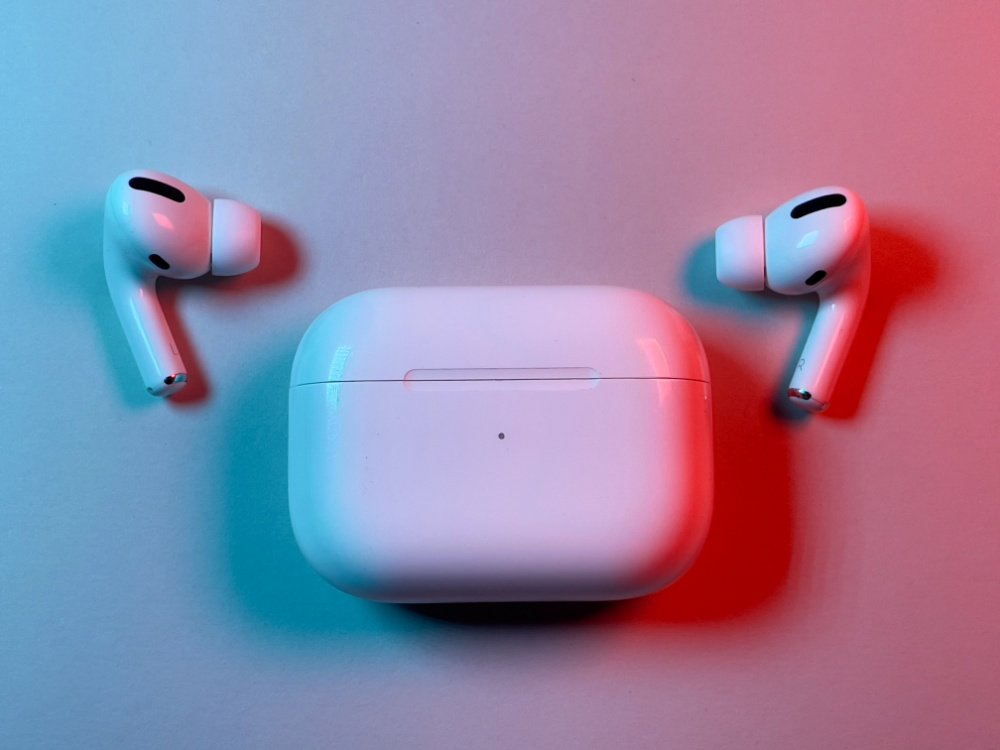Wireless Earphones as Inexpensive Alternatives to Hearing Aids
In recent years, the rapid advancement of technology in the consumer electronics sector has brought about a unique and highly beneficial crossover: wireless earphones being used as inexpensive alternatives to traditional hearing aids. This innovative use of everyday technology could provide a more accessible and affordable solution for those experiencing hearing loss.
The Technology Behind Wireless Earphones
Wireless earphones, originally designed for listening to music and making phone calls without the physical constraints of wires, are equipped with various features that are coincidentally beneficial for those with hearing difficulties. These include noise cancellation, sound amplification, and the ability to customize sound settings via connected apps on smartphones or other devices.
Companies like Apple and Bose have incorporated sophisticated sound processing technologies into their earphones. For example, Apple’s AirPods Pro offers a “Transparency mode” that helps users hear their surroundings more clearly by amplifying external sounds. Similarly, Bose earbuds feature adjustable noise cancellation, which can also enhance hearing capabilities by reducing background noise.
Cost Comparison
One of the most compelling aspects of using wireless earphones as hearing aids is the cost. Traditional hearing aids can be prohibitively expensive, often ranging from $1,000 to $4,000 per ear, and they are not always covered by health insurance. In contrast, high-quality wireless earphones are typically priced between $150 and $300, making them a significantly cheaper option.
Regulatory Landscape and Health Considerations
It’s important to note that wireless earphones are not FDA-approved hearing aids. Hearing aids are specifically tailored to individuals’ hearing loss profiles, offering precise calibration and medical-grade components that earphones do not. However, the FDA has recognized the potential of consumer electronics in this area and has been working on guidelines for over-the-counter hearing devices, which might soon bridge the gap between professional hearing aids and consumer audio products.
For individuals with mild to moderate hearing loss, using wireless earphones can be an effective temporary or supplementary solution. However, it’s crucial for users to consult with audiologists or healthcare providers to ensure they are making the best choice for their specific needs.
User Experience
Users of wireless earphones as hearing aids have reported positive experiences, particularly in less challenging listening environments. For day-to-day activities like watching TV, having conversations in quiet spaces, or taking walks, these devices can significantly enhance auditory input without the stigma or expense associated with traditional hearing aids.
Future Prospects
As technology continues to advance, the line between consumer electronics and medical devices is expected to blur further. Innovations in AI and sound processing might soon allow even more sophisticated hearing enhancement through devices originally designed for the mass market. This could democratize access to hearing assistance technologies, making them available to a broader audience at a lower cost.
In conclusion, while wireless earphones cannot fully replace specialized hearing aids, they offer a promising, cost-effective option for individuals looking for hearing enhancement. As technology evolves and regulatory frameworks adapt, we may see an era where hearing assistance is as easy and accessible as popping in a pair of earbuds.
